Pride season is upon us — that glorious time of year when we gather to honor our true selves, revel in our vibrant community, and bask in the beauty of LGBTQIA+ authenticity and self-expression.
As cities around the globe are throwing parties and parades in honor of the most fabulous time of year (afterall, tis the season of rainbows and celebrations of love) it’s crucial to remember the arduous battles fought by our resilient community that brought us Pride — and that battle for our rights, freedoms, and safe self-expression isn’t over.
Pride has always been about activism, yet its original roots have since gotten washed over with corporate rainbows and hashtags spouting #LoveisLove. Pride goes beyond adorning yourself with rainbow regalia — it’s born from a social movement for equality and liberty, and still fighting for a world with queer and trans folks can live openly and freely, without fear or oppression.
If you’re new to Pride and want to join your community or support as an ally, remember it’s roots, it’s core essence of activism, and read below on what to expect, what to do, and what not to do to make the most of Pride and support the community.
What Is Pride?
Pride started with a protest march in New York City in 1969, and has deep roots in activism and the fight for equality. The demonstration was a response to the systemic oppression and discrimination faced by the LGBTQIA+ community at the time, that came to a head with the mistreatment of gay people by police at the Stonewall Inn. Pride soon spread to other cities, serving as a platform to demand equality, rights, and visibility.
A lot has changed since 1969. Pride has evolved from a march to a broader movement, encompassing celebrations of identity, love, and acceptance, while still maintaining its activist roots. Pride serves as a reminder of the ongoing struggle for equality and the need to continue fighting against discrimination and oppression. Celebrations now occur worldwide in cities around the globe — most of them on a weekend in June or early July.
Pride often includes a parade, in which LGBTQ+ groups, allied groups and pro-LGBTQ+ politicians or celebrities participate. In 2015 at New York Pride, one of the biggest in the world, Sir Ian McKellan, a British actor, was one of the grand marshalls. As Pride has grown, both corporations and local companies will often attend to show their support for the LGBTQ+ community, although the corporatization of Pride is often a point of tension, as corporations publicly-expressed support is often seemingly for show, and are often counter to their political affiliations and donations.
Many sub-groups can be found in a Pride parade, from Dykes on Bikes to a chapter of PFLAG to a local roller derby team or choir. You’ll often find local organizations that provide support to teens and queer youth, or offer other services to the community. Many cities also hold a “Dyke March” the day before the Pride Parade as a trans-inclusive event to celebrate self-identified lesbians — or hold other events like picnics, pool parties, softball games, or races to connect the community.
In many cities, Pride has also evolved to include a lot of partying, mostly in gay bars and the streets of the local gayborhood. Many bars have Pride specials that offer discounted drinks and clubs will be active until the wee hours of the morning. Pride can seem like a huge hookup scene (depending on what you’re looking for), and for some, it’s a fun time to party with friends, make out with strangers, and celebrate who you are.
Yet, with the recent surge of anti-trans legislation and anti-queer propaganda, Pride is having a huge remembrance of it’s activist-born roots, and many are recognizing that visibility and self-empowerment alone are simply not enough to protect our civil rights and liberties. Now, Pride is taking new community action to speak up against discrimination and legislation against the community, reigniting and reconnecting a community to fight toward a common goal of equality.
Why Does Pride Matter?
Pride was built upon the premise of standing up against political injustice, and continues to serve as an outlet for the LGBTQ+ community to express themselves freely and openly for exactly how they are. It also serves as a way for the community to access resources and support, or simply connect with one another to enjoy shared interests!
Many Pride celebrations focus at least some of their attention on the ongoing struggles faced by LGBTQ+ communities around the world, which has intensified in recent years. In some places, Pride is illegal or aspects of queer existence and self-expression are actively being legislated and banned. In other places, holding or attempting to hold a Pride Parade results in violence against the people marching.
Pride serves as a reminder that even though the LGBTQ+ movement has come a long way, there’s still more obstacles ahead, and with a changing political landscape, those obstacles are currently right in front of us, present in our everyday lives.
Pride is also, well, a time to be proud. LGBTQ+ people face oppression and intolerance in our everyday lives, and our mere existence is often attacked. Pride is a safe space for people to express themselves without judgment and come together as a community. Wrapping yourself in rainbows and running down the streets is cathartic for people whose identities are often under attack, or who live their everyday lives in fear of the repercussions open self-expression.
By celebrating our identity and the beautiful diversity of our individual expression, Pride strengthens and empowers the LGBTQ+ community.
What Will My Local Pride Be Like?
Pride varies a lot from city to city — in some places and at some times, Pride is and has been a party. In other places, and particularly in the political landscape now, Pride is often more political. In many places, you’ll find a mix of both, and local resources, signage, and movements that speak to what’s going on in that city or country.
Smaller towns may just have a get together or a small parade. Big cities may have floats, confetti, and performances. Other areas might have a few events at local queer-friendly spaces, while others yet might have an entirely underground Pride scene, depending on the safety of being out.
The best way to find out about your local pride is to look it up and get connected with the community. Find events that look fun and interesting and select a few, or go to a main event. If you’re interested in going out, check out local gay bars for special nights, performances, or parties. If you want to get to know queer people in your area, look for something laid back like a meetup, sports team, or club. If your city has a major LGBTQ+ organization, activism, or advocacy group, see if there is information on their website about a larger-scale parade or meetup event.
Are Straight People Welcome at Pride?
If you’re attending Pride as a straight ally, remember that Pride is to support the LGBTQ+ community, not an excuse to wear rainbow and party, and definitely not a place to ogle or gawk. Pride is a supportive environment and straight people are welcome as allies, but don’t center yourself in the action. Queer, trans, Black, BIPOC, non-binary, and other LGBTQ+ folks are at the front of the movement, and as an ally, your role is to support and uplift their voices in the movement and community.
If you’re attending Pride as a straight ally — don’t be surprised if people assume you’re queer. Afterall, it is a queer event, and it’s reasonable for anyone to assume that you’re part of the LGBTQ+ community, at an event that is specifically for queer folks. At Pride, you are gay until proven straight, because any other weekend, everyone assumes the opposite. Pride is a celebration of gender- and sexual- minorities — not traditional assumptions. Homo- and queer-normativity is an important part of Pride, and part of what makes it a safe space.
Also, don’t be surprised or offended if someone hits on you. Pride can sometimes be a bit of a hook up scene, but even if it’s not, it’s again reasonable for folks to assume you’re queer and be flirtatious in this queer-safe space. Flirting isn’t crossing a line, and you can let someone know you’re there to support your friends and not hook up, without being disrespectful or offensive. It’s never okay to shame someone for being brave enough to make a move, but it’s especially not okay in a queer environment.
As long as you’re respectful and comfortable in an LGBTQ+ environment, there’s no reason why Pride shouldn’t be a wonderful experience for an ally.
How Can I Have The Best Pride Experience?
Whether you’re part of the LGBTQ+ community or not, Pride is a wonderful event to show your support. Feeling involved in the festivities is an important part of having fun — so you’re welcome to cheer, wave a flag, and be enthusiastic!
Don’t hesitate to dress up and express yourself, too! Self-expression is welcome at Pride, and if you’re unsure, donning a rainbow regale is always a good bet. Temporarily dye your hair, paint your body or wear some rainbow suspenders. Buy a rainbow flag and drape it around yourself, or get creative with glitter and stickers!
If you’re going to be indulging in drinks, keep in mind the rules of day drinking and moderation. Drink lots of water and don’t get too wasted too early. You don’t want to be the person who passes out before the fun at night begins.
Is There Anything I Should Avoid?
Pride faux paus are few and far between (as long as you’re not an asshole, that is). But whether you’re new to the community or new to Pride celebrations, the biggest thing to remember is: don’t be judgmental. Contrary to media representation, Pride isn’t about half-naked men on floats, expressive drag shows, or any stereotypical vision of sexuality and expression. There’s a wide variety of people, backgrounds, interests, identities, and expressions represented at Pride — including niche interests you might have never heard of or seen before. It’s all welcome, and it’s always best to approach pride with an open-minded and supportive attitude.
There is also a chance that you will see some pretty risque outfits. People attend Pride to express themselves and their sexuality without fearing bad reactions. Don’t judge people for their kinky collar, their bare ass, or their barely-there dress. Pride is a place for people who haven’t been accepted in mainstream culture to strut their stuff, and welcomes their diverse self-expressions.
Pride has a very political history, and is also an opportunity for community fun and celebration. Its emotional and political impact is just as important, if not more, than the parties, rainbows, and bars. Accept and understand that not everyone fits into the mainstream, even within the LGBTQ+ narratives, and be welcoming and supportive of all in the community. Get involved locally, support a cause, and help those who are new to the community to find a supportive place as you go forth and have a fabulous Pride!

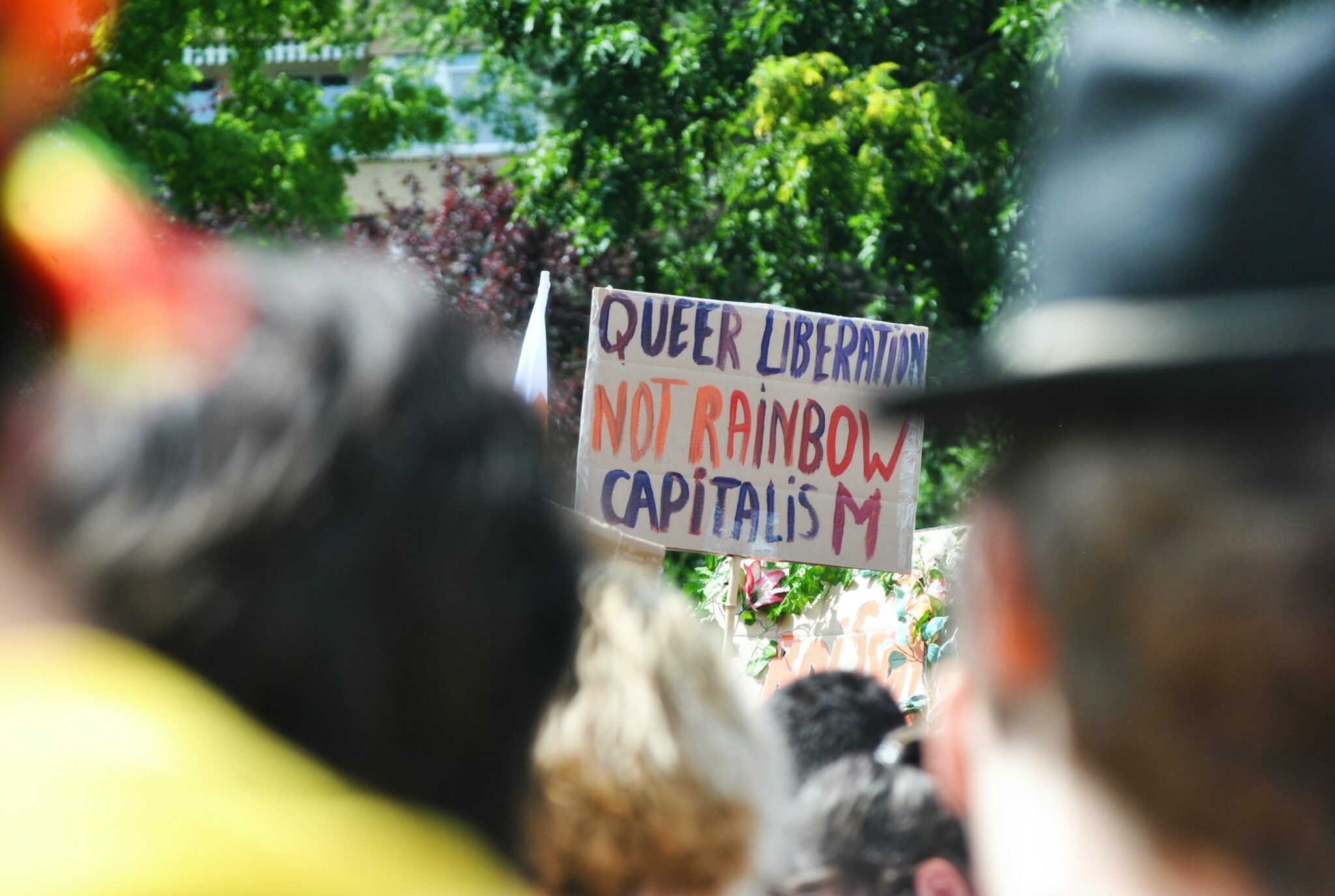
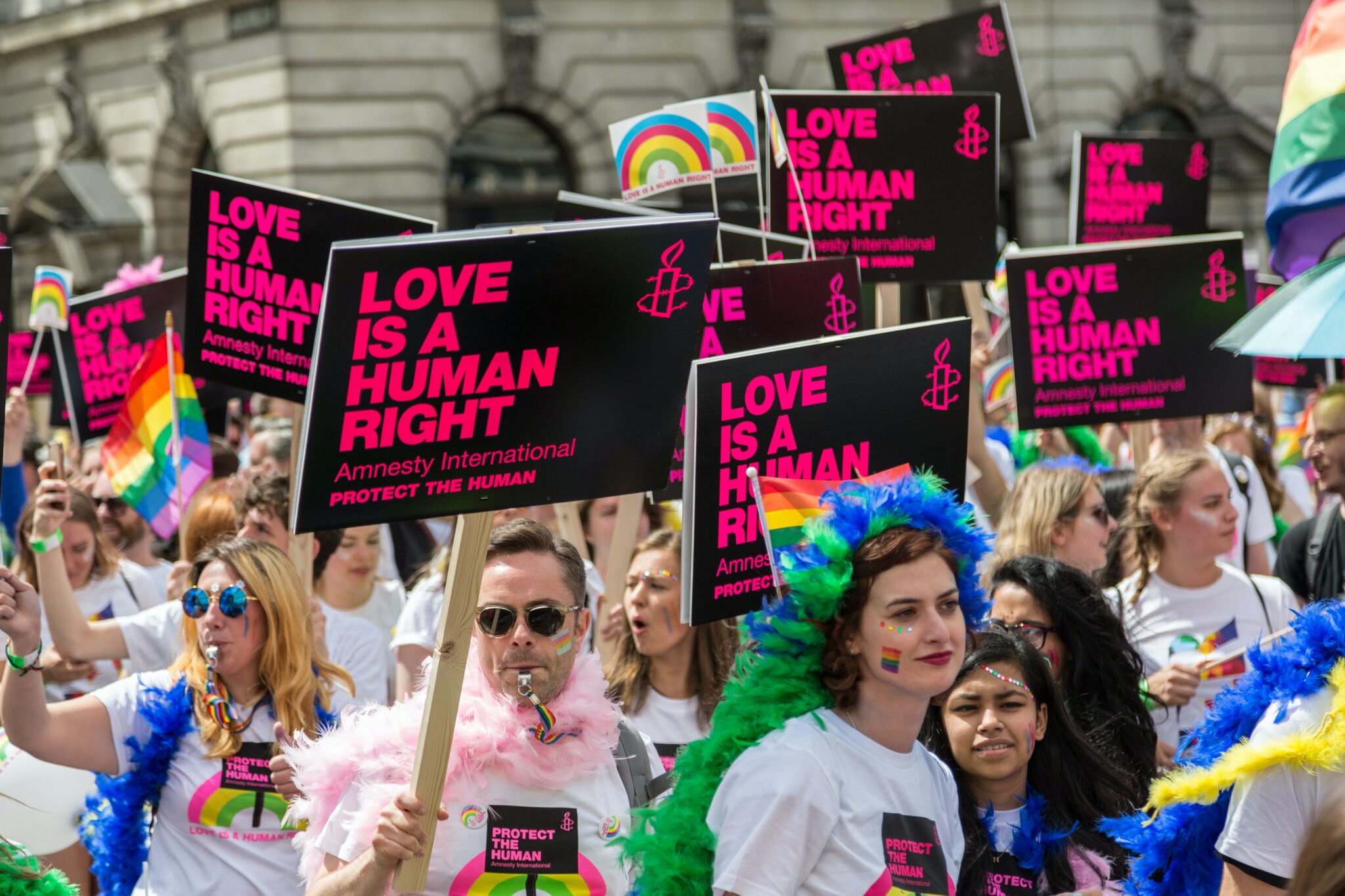
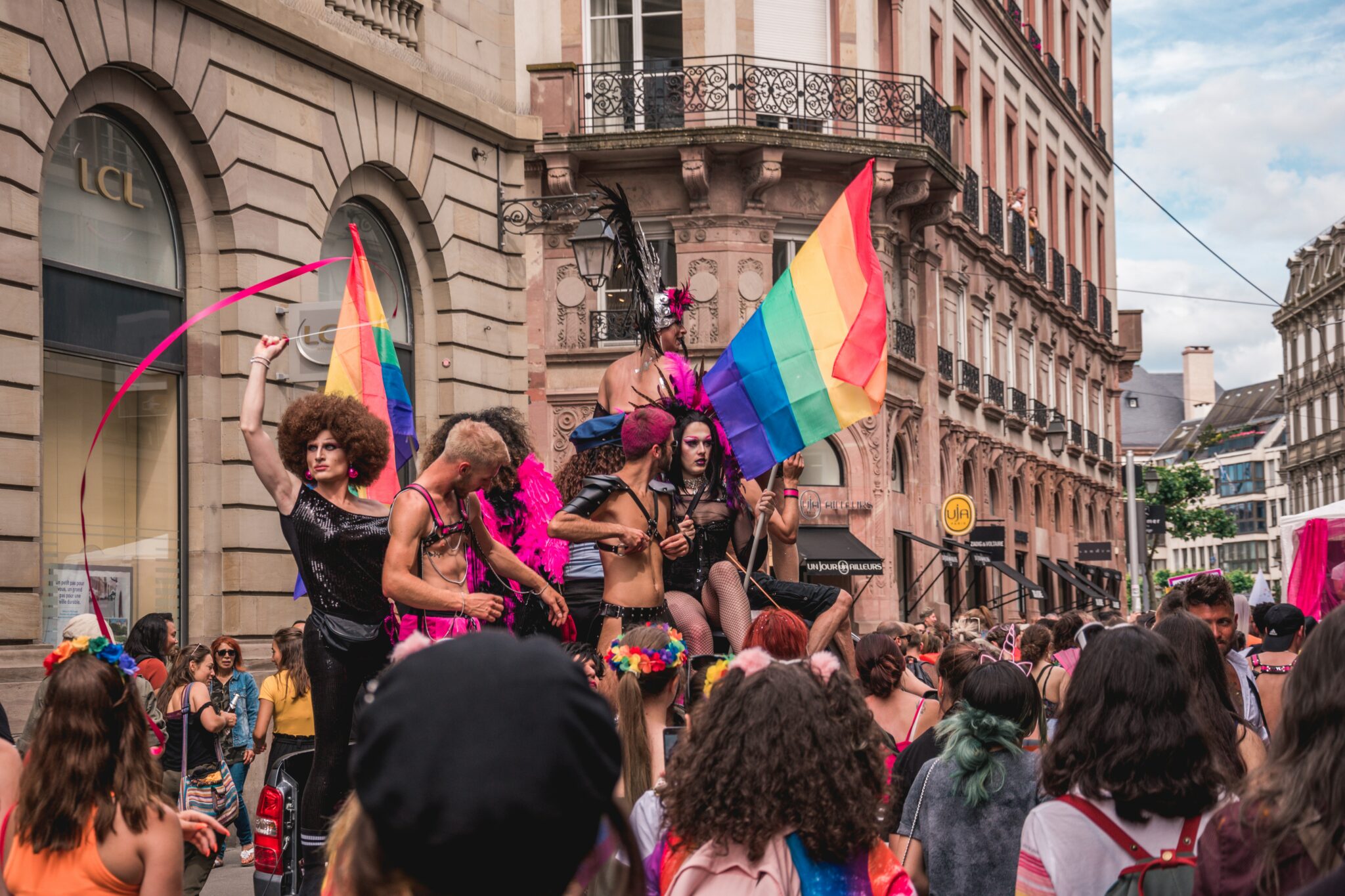
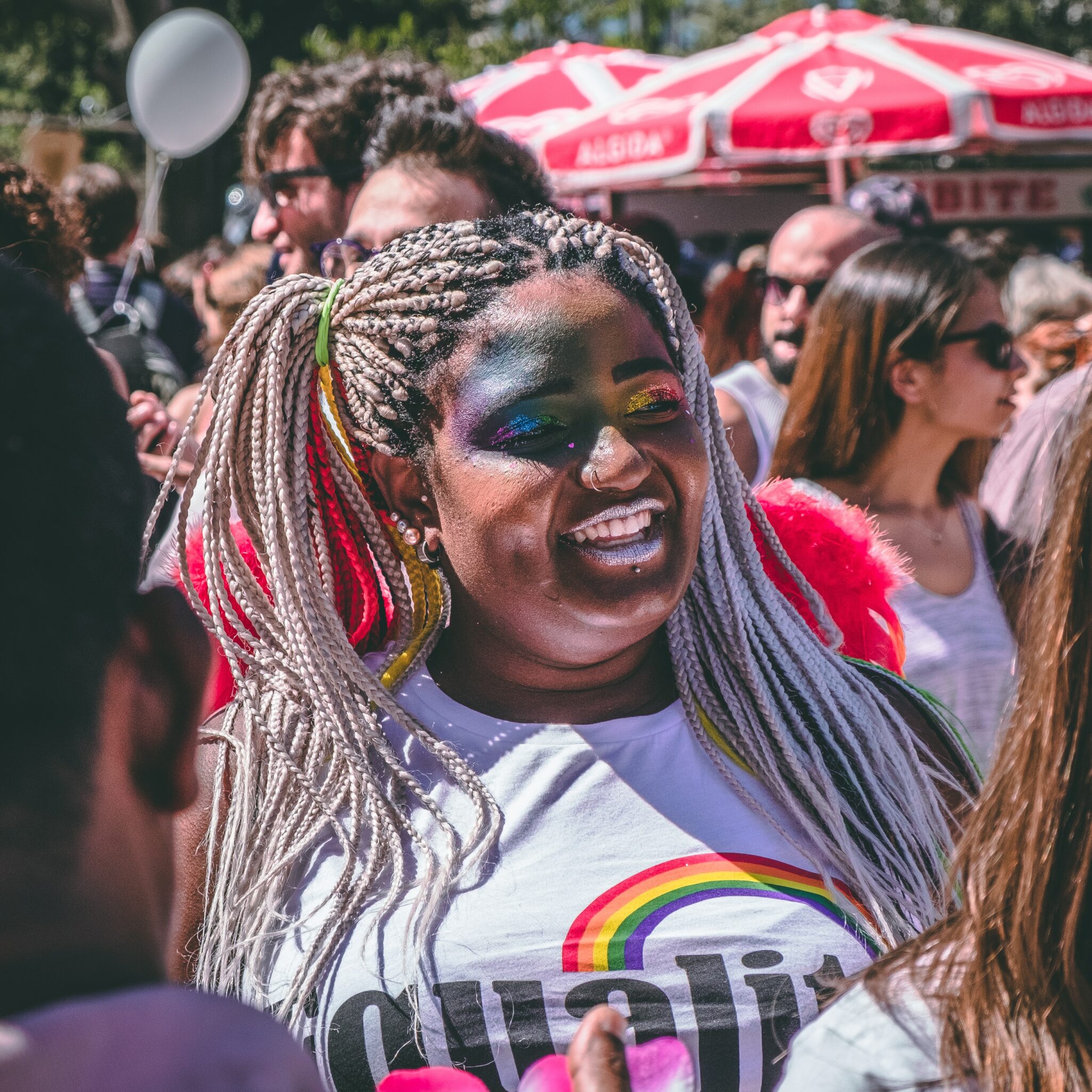
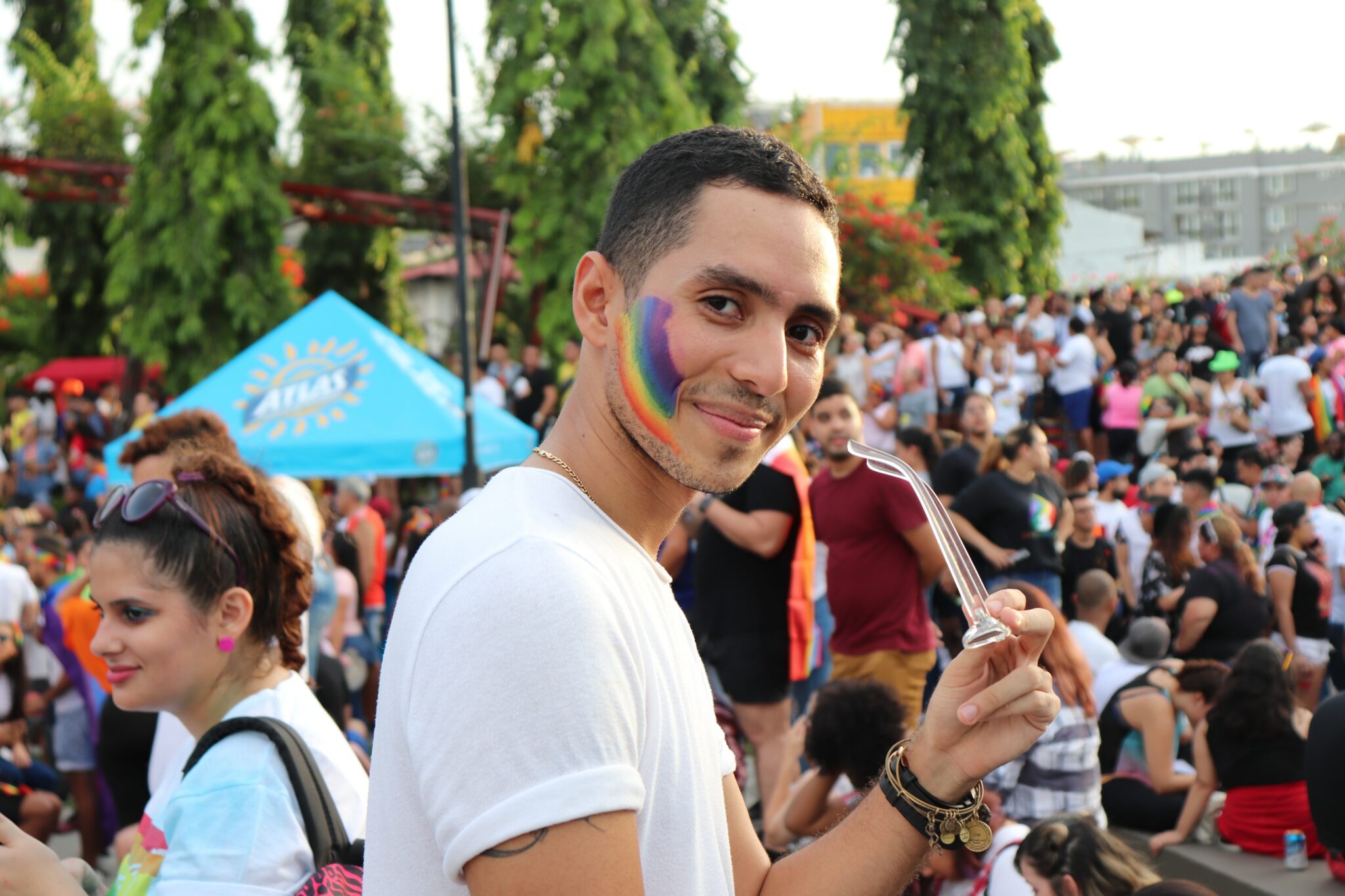
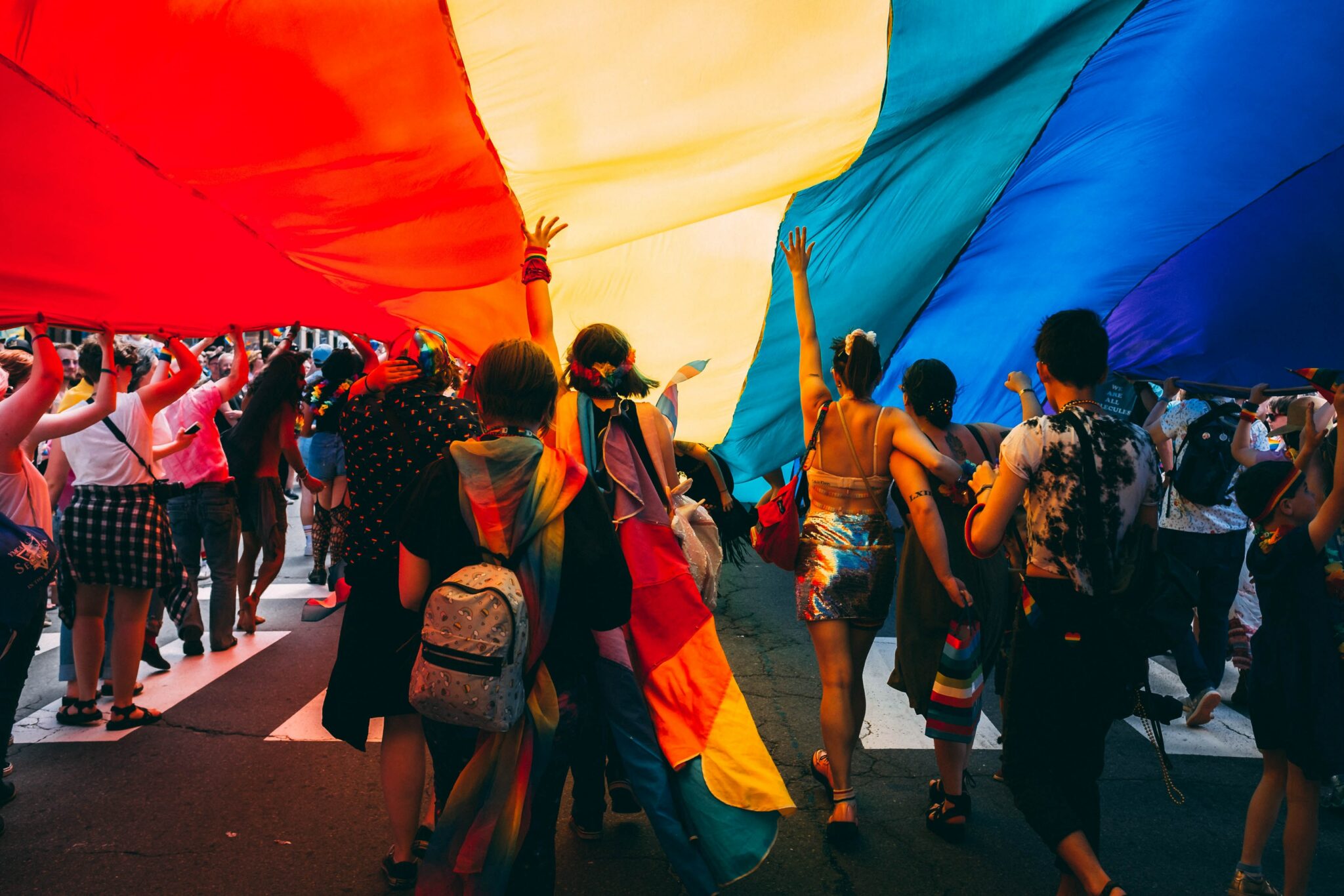
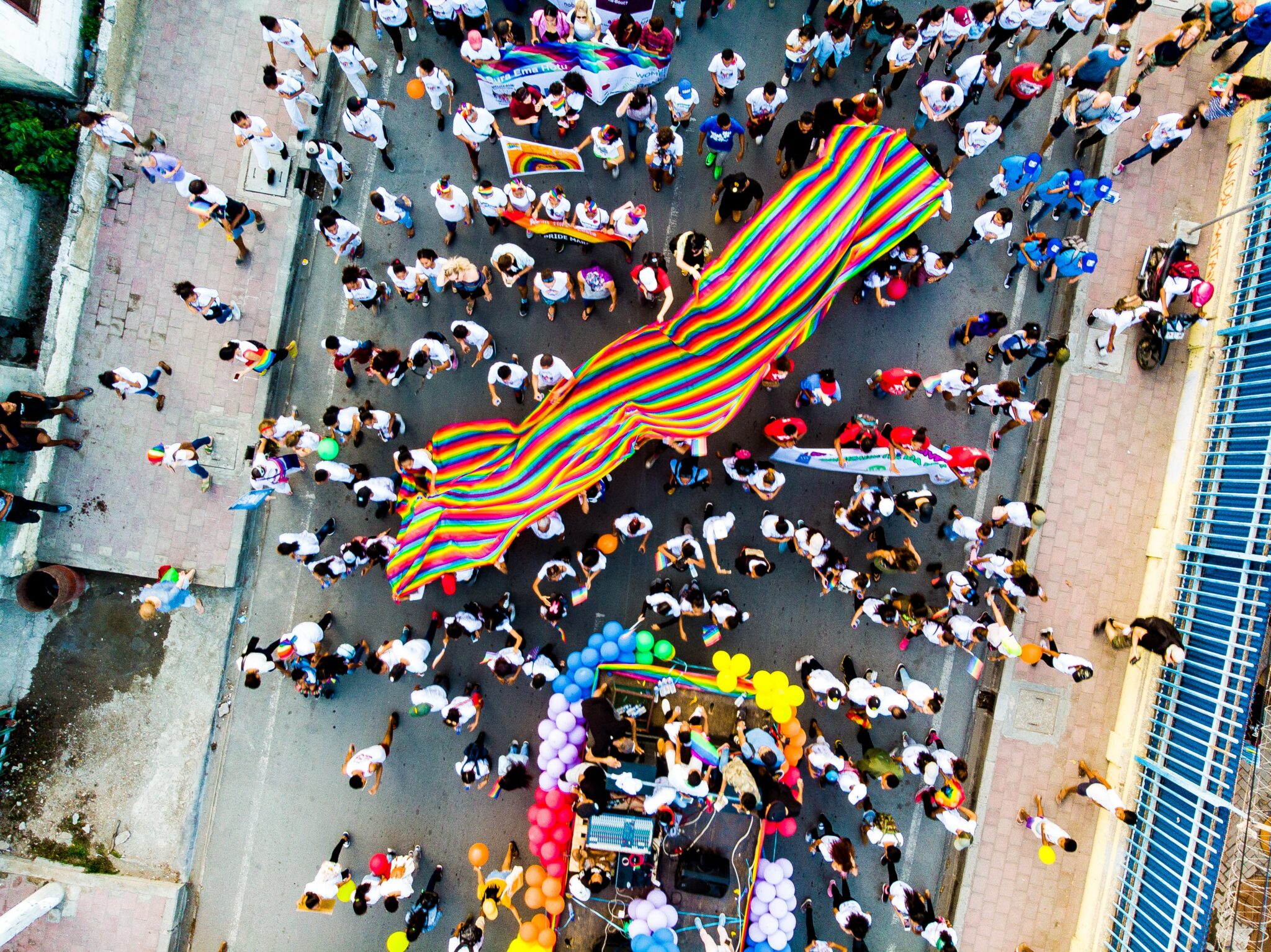
I’m so excited to see more LGBT content on the site!